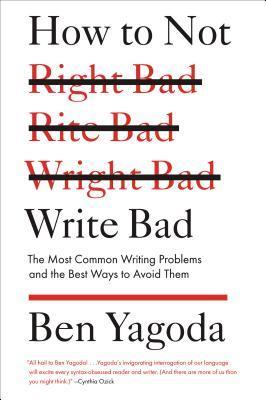What do you think?
Rate this book


193 pages, Paperback
First published February 5, 2013
- Never begin a document with ‘This shows’. The ‘This’ refers to the facts of the previous sentence, and if you have several facts readers need to backtrack and figure out what you are referring to.
- Make it easier for the reader by being specific, for example, ‘The elevated CO levels show that…’
Never use ‘create’ when something was developed, drawn, mapped, or assembled. Be specific, be precise. Another undesirable word: ‘mined’ (for data)
- Do not start sentences with filler like ‘Moreover,’, ‘Additionally’, ‘In addition’, ‘Also’ unless they’re absolutely necessary. Ask yourself whether you need these words, they rarely add to the sentence.
The most effective short-term way to improve your writing is to read it aloud, sentence by sentence and word by word.
They'll get used to your reading in the office, I promise.